There seems to be a divide between artists who cherish the random occurrences of perfection and those who seek consistency. Portrait photographer Seth is one of the latter group. His successful and viral Breakfast photo project was a clear example of seeking consistency. Every morning for a year, Seth would take a photo of his breakfast no matter where he was. For simplicity, Seth used the same plates, the same focal length, and always shot from within a 20 ft radius.
This an example of the beautiful simplicity found in Seth Lowe’s work. Creating it, however, requires discipline and a rare patience. It requires Seth to do more with less. Subtlety usually isn’t found in discord or blind gumption. That’s why I was drawn to Seth Lowe’s images. I love how Seth is able to create images that effortlessly and consistently charm with their big-hearted vibrancy.
In this interview, Seth Lowe explains his approach to lighting, talks about his pre-production process, and reveals who Seth loves photographing more than anybody else.
You describe yourself as a coffee-nerd who loves a British girl. Being as creative as possible, how would you describe your work?
I have kind of had an unofficial motto that has kind of been driving my work for the past couple of years: Real people, real life. Not sure if that creatively describes my visual style, but it definitely drives the approach and attitude I have towards almost every shoot. I’m really just documenting the world around me and adding a bit of my style to it. I love reportage and journalism photography a lot, and try to take that mindset, then give it an editorial or advertising feel.
How did you get your start in portrait photography?
I don’t think I ever ‘got into portrait photography’ as much as portrait photography got into me. To be completely honest, I am just blessed to be surrounded by an incredible family, group of friends, and mentors. They are the world to me. Taking the time to photograph them was my way of honoring them and telling their story. As I look back through my portraits over the past years, I’ve begun to realize that I am sometimes retelling stories of my life, from the types of people I photograph to the location and lighting. I really dig Avedeon’s work when it comes to portraiture. The guy has used basically the same setup his entire career when it came to portrait work but has 100 times the portfolio I would ever dream of having. The biggest variable in a lot of Avedon’s work is the subject, not the gear, and that’s one thing that absolutely amazes me about portraits: freezing that split second of someone’s life forever and being able to tell a story through that. It’s very humbling yet powerful thing really.
Your portraits feature many great on location shots. Could you explain your process of matching a client to a location? How much do you get to know your clients?
Thanks, I’ve been lucky to discover some cool places. When I moved to Chicago to attend Columbia College’s photo program, I just started exploring the city like crazy. I made up this rule for whenever I was walking around there to just go whichever way had a green walk sign on. I don’t live in that city any more, but I still have that approach, and I’m always trying to find a new way to go somewhere, or always stopping at random places to see what it looks like. When it comes time to work with the actual subject, I often just ask the subject where they spend most of their time, or maybe where their personal space is — wherever they go to relax, think, and dream. I’ve found those places often produce the best atmosphere for your subject, and I can get them into a great mindset when I begin making photographs. That said, there are plenty of times where you are handed a location and a client with little or no time to scout or talk to your subject, so you have to be really prepared in every other area and put all of your energy into the subject and guiding the mood you need from them.
Your portraits also showcase your ability at achieving effective yet subtle lighting. What is your approach to lighting for portraits? Any fast-and-hard rules you stick by?
Glad you noticed that! Subtlety is really my approach in most situations. I think its really tempting to be heavy handed with lights, especially when you’re starting out. There is nothing wrong with really aggressive lighting, or any style of lighting for that matter, just so long as you’re making conscious and purposeful decisions. I don’t really have any set ‘rules’ per-se, more like goals I try to reach, and certain gear I use to make that happen. The laws of physics are probably the only set rules we have as photographers, well that and a budget. I usually like ‘found’ or natural light a lot and try to amplify, or perhaps reshape, it a bit if anything. Sun/ambient lighting is usually quite pretty, but it’s sometimes hard to get the desired exposure ratios, so for my style it really comes down to lighting the subject in the best way possible to match that. The only things I continually find myself coming back to is the ‘less is more’ phrase, and my beauty dish.
The last photo in your Portraits section demonstrates this skill perfectly. Could you explain how this shot was made from start to finish (including any post-processing)?
Thanks, that’s actually one of my favorites. It is an older image, but I kind of consider it a breakthrough image for me in really being able to achieve that natural light look with strobes. I was looking at a lot of Gregory Crewdson’s work, and I really liked his tones, so that was kind of my inspiration. I started shooting at dusk and had about 10 minutes of decent ambient light to work with. The subject is actually a really good friend of mine, and the image was taken in his car. The end goal was to create this image of a really distracted and lost guy heading down this old country road to get away for a bit. I like driving down old roads a lot, so it’s a bit reflective for me. The key light is an alien bee with a 10º grid spot at camera left, just outside the passenger window, and then there is another alien bee in a 36” reflective umbrella straight above me for fill. This kind of gave a ‘harsh light’ effect without being too contrasty, and helped mimic the look of oncoming traffic. Camera settings were ISO 400, f/8, 1/60th of second, shot with a Canon 28 f/1.8 on a 40D. Post consisted of several masked curves layers to bring out a few different tones in the sky and subject, and some dodging and burning. There were quite a few bug spots on the windshield as well, and I had to clean that up too. In hindsight I wish I had placed a bounce reflector towards the back of the car — on camera right — to help provide a bit more separation between the rear of the car and the background, but I’m still really happy with it.
Many of your lifestyle photographs have a relaxed tone. Were they improvised? What is your usual pre-production process?
I wouldn’t say anything is necessarily improvised as my mind is always working and envisioning a shot wherever I go. There are some situations where I was maybe just exploring the coast or something with some friends and would get some portfolio images along the way, but I am often out ahead of the group trying to scout a bit, setting myself up for successful images as I go. Most situations tend to be produced a decent amount though, as far as location, casting, and wardrobe. One of the absolute most important things in any lifestyle/portrait setting is being able to control or guide the mood and energy of your subject(s). You may not always be able to get to know your subject pre-shoot, but you can definitely get to know your location, gear, and crew. Eliminating all your other guesswork will set you up to just focus on your subject, when the actual image making starts. Trusting your crew with tech needs, making sure everyone has food and drink, and that people know who to go for when they need something will help make a lot happen. If you look like you’re worried about everything else on set, your subject isn’t going to take you seriously or relax around you. That doesn’t mean you can’t make last minute changes, or go with the flow if something cool starts naturally unfolding in front of you, but you have to be prepared to go with those things. An uncomfortable or upset subject will always be obvious, not matter how technically or artistically solid an image is.
Breakfast was well-received. You made every meal seem so appetizing (although I also realized when compared to your toasts and berries my breakfasts are huge). What techniques helped you make these meals look so good. What’s your favorite berry?
Ha thanks . . . I was totally surprised by how well it did considering I never promoted it, or even took it very seriously. Simplicity was probably the key to helping the images look decent. I kind of treated it like a science project really; almost every image was shot at the same focal length, on the same dishes, and within about a 20 ft radius of each other (though I did move halfway through the project, the rules kind of stayed the same). It really pushed me to start looking at a lot of details in natural lighting, shapes, and composition. There are a lot of low key images in there as I was often shooting at early hours when it was still dark. That really pushed me to start using color to create contrast and shape rather than just light. The sun also changes its position a lot in they sky over the course of the seasons, so that was a small but fun variable that honestly made a huge difference in the images. Not sure if I have a favorite berry, though I tend to eat strawberries the most I suppose.
Breakfast is also a great example of how photographers can use social media to raise their brand awareness. What would you say are the greatest lessons you learned about marketing yourself from this experience?
I guess just being consistent with something. I am super critical of my work, and tend to hate most of it honestly, so this project taught me to get over my fear of showing my work. There were several mornings where I was shoving a piece of toast down my face running out the door and would take a minute to snap an image. The whole while thinking: This is awful, if someone saw this I would never get work. But I was dedicated, so I would post the image anyway. I think there is a lot of value in seeing an artist’s consistency and dedication, even if there are some not so great moments. Consistency definitely overrides random perfection in my experience.
Of all your photos, do you have a favorite? What’s the story behind it?
The next one.
Seriously though, I don’t know if I have a favorite. There are a few that I am really proud of, such as the guy in the car you mentioned earlier, or the older man with the books and guns (Editor’s Note: This image is above question 3). I only shot about 30 images total of that guy, and it was a blast. I was headed home from another shoot actually and saw this little gun shop on the street and popped my head in. The guy (owner) said I could take his photo, so I dragged a light in real quick and shot a few frames. It was a totally lucky find, but just being willing to ask and work quickly paid off. Really though, I just love hanging out with my fiancé and taking pictures of her. She’s absolutely beautiful and always lets me take her photo wherever we are. Those are the photos I think I’ll cherish most at the end of my life (Editor’s Note: You can see one these photos above).
Be sure to check out all the work of Seth Lowe on his website and blog!
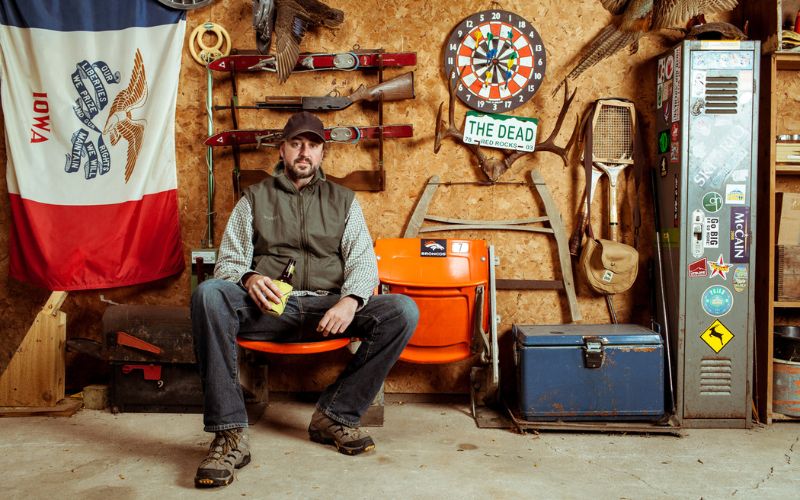
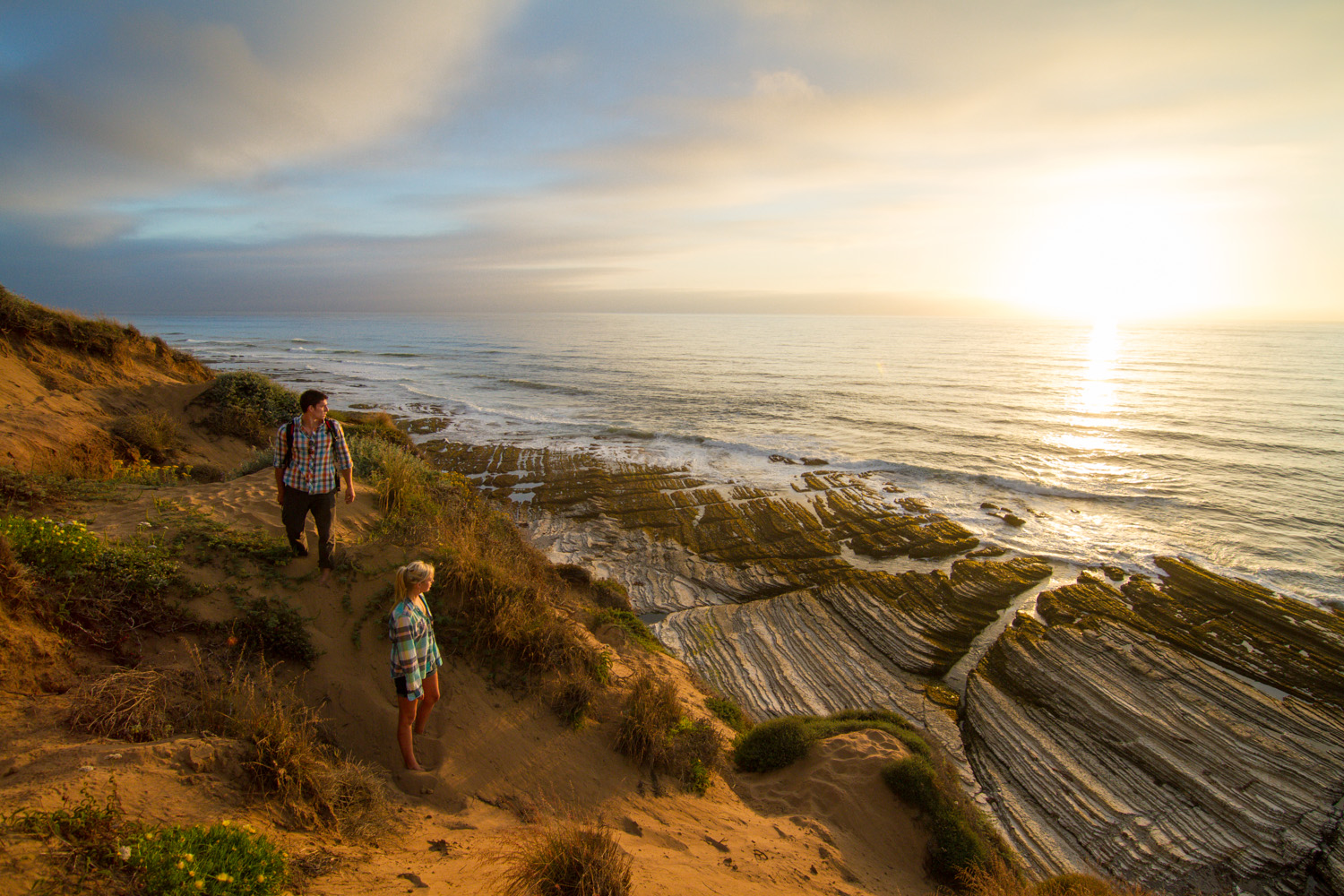
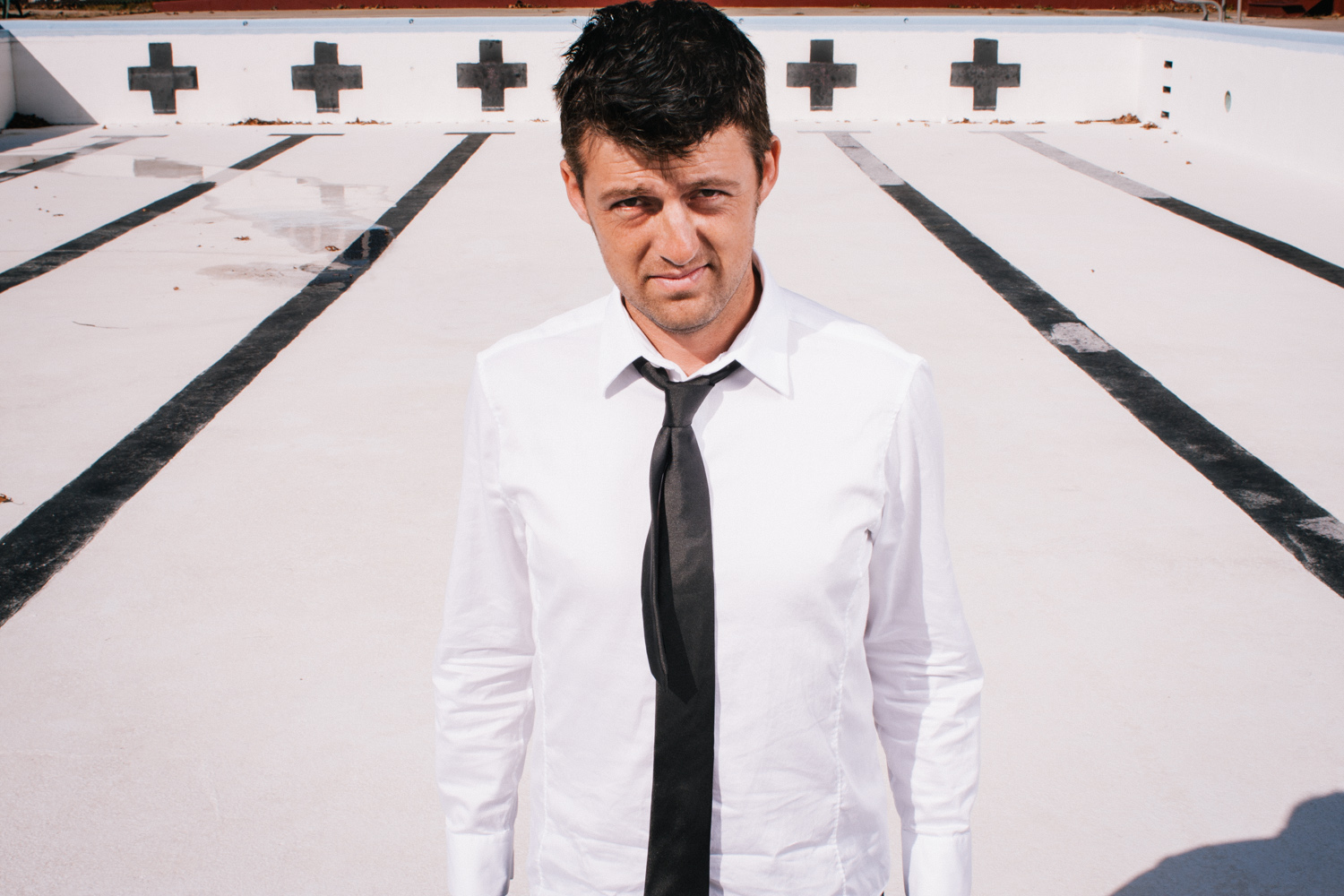
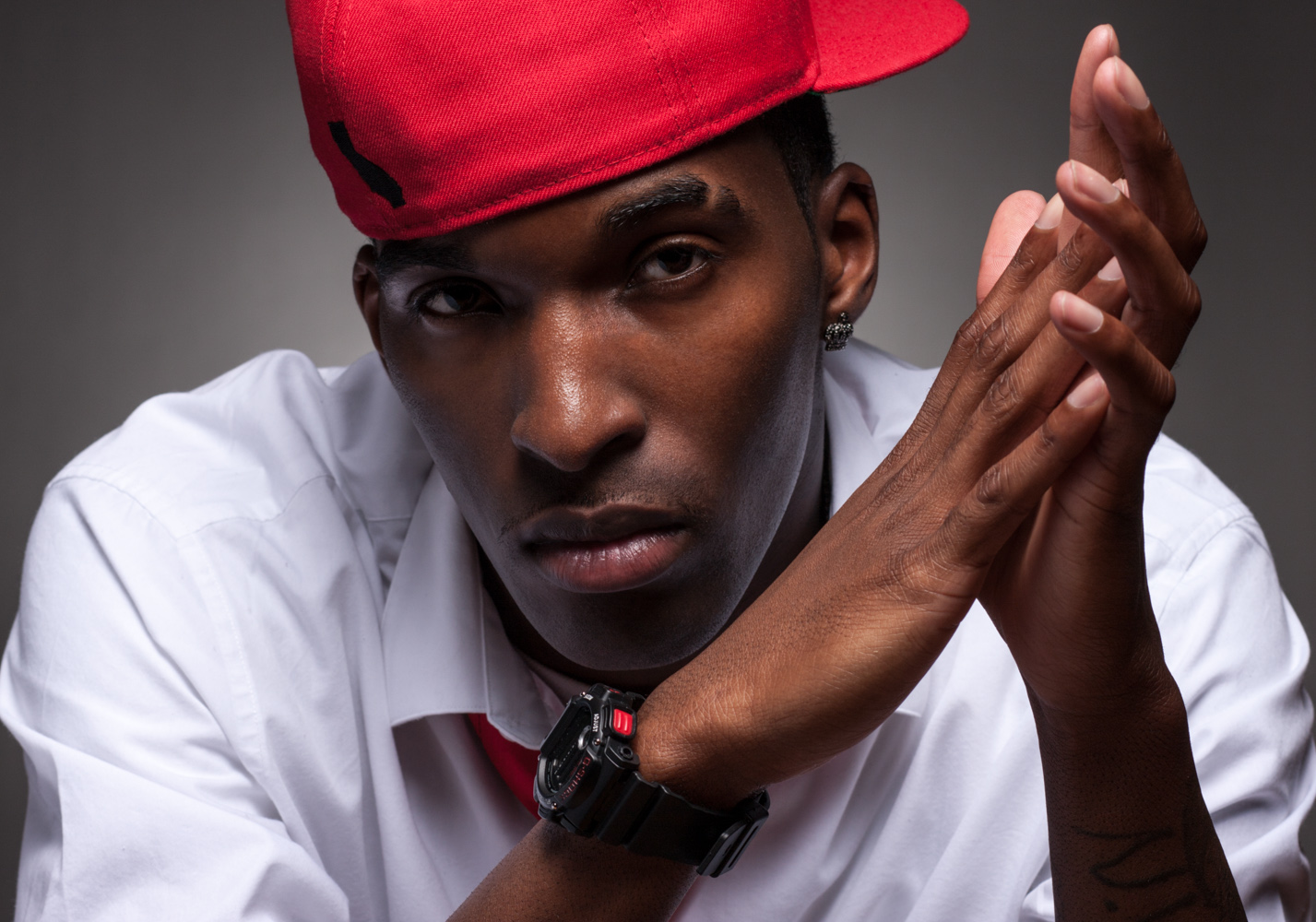
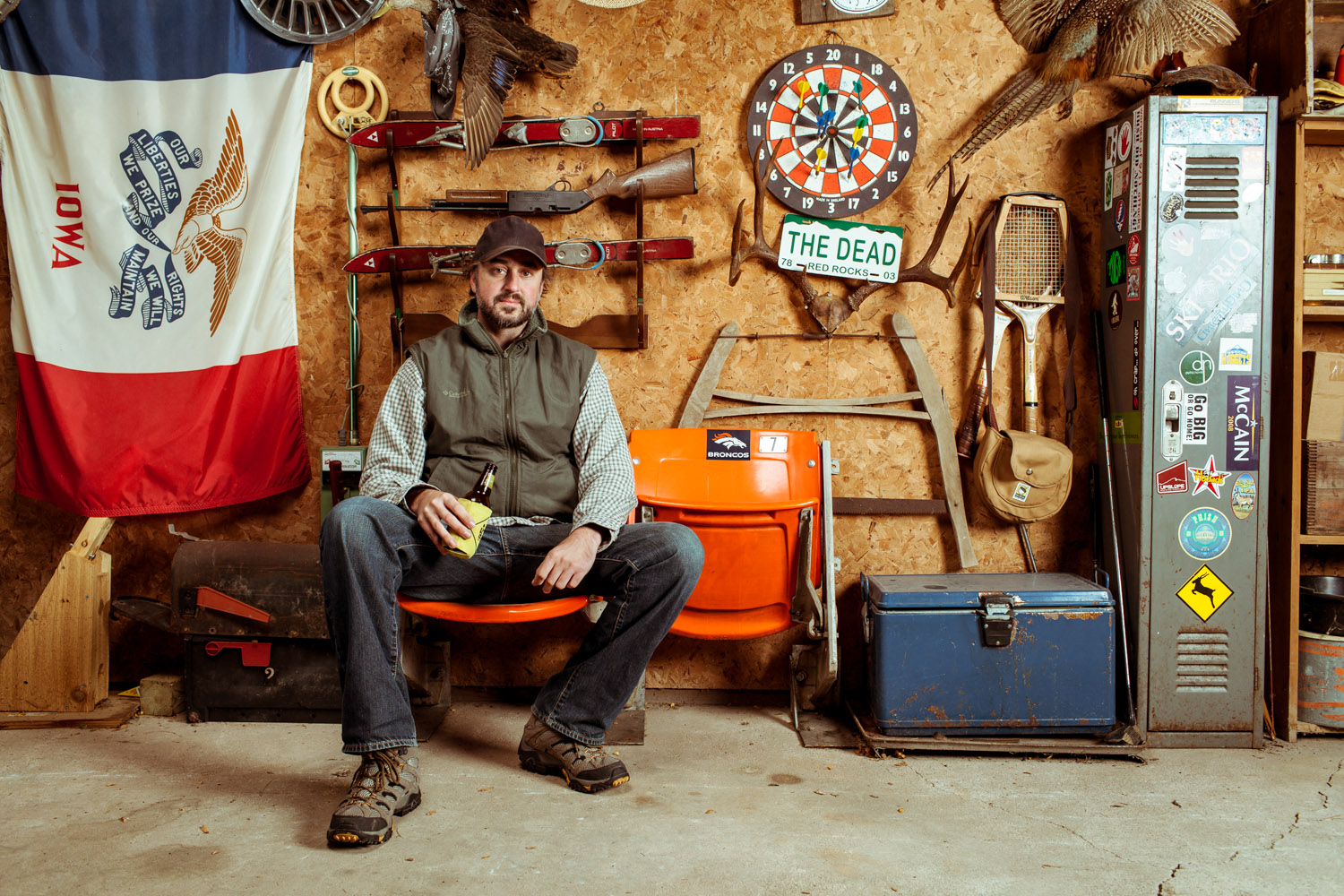
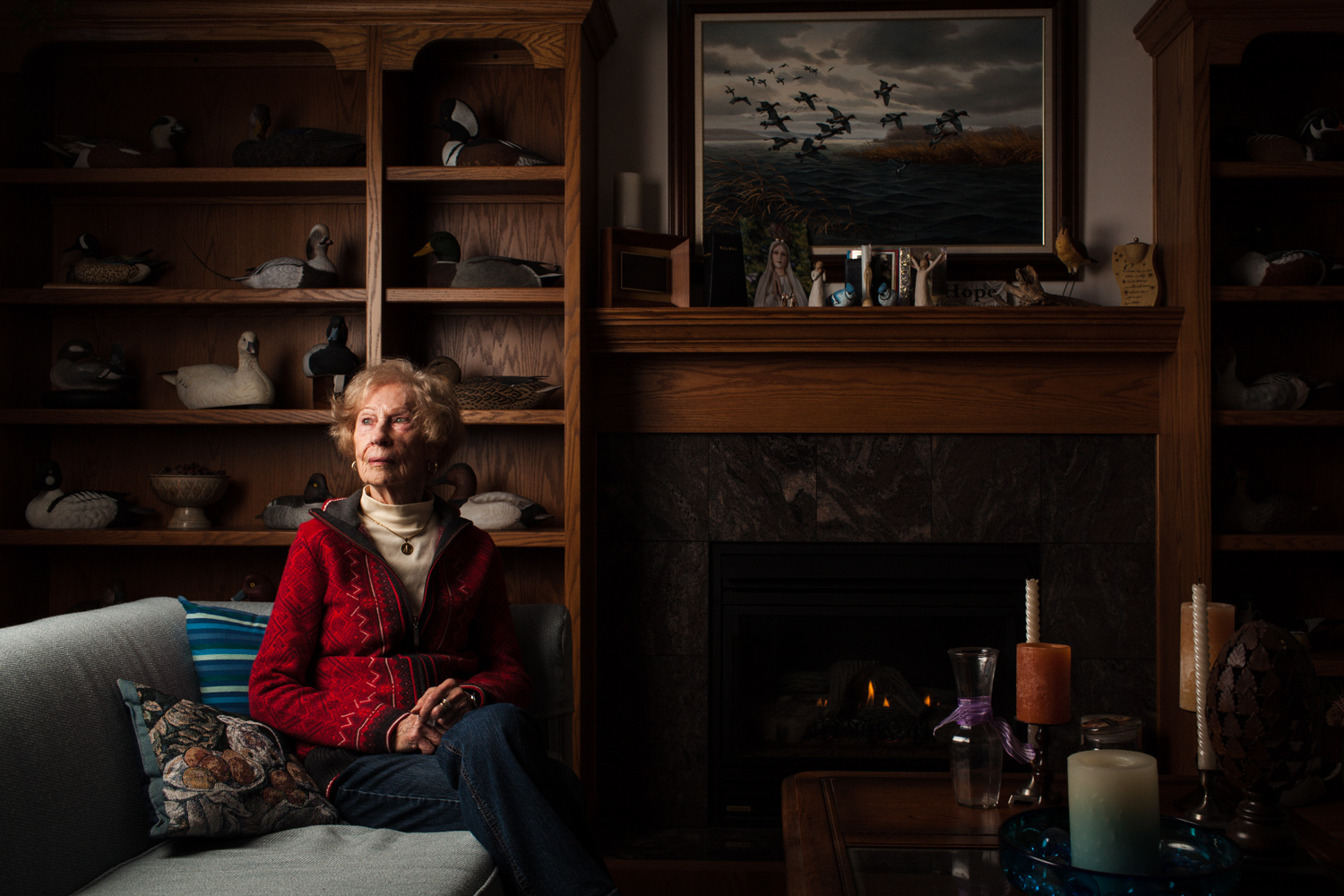
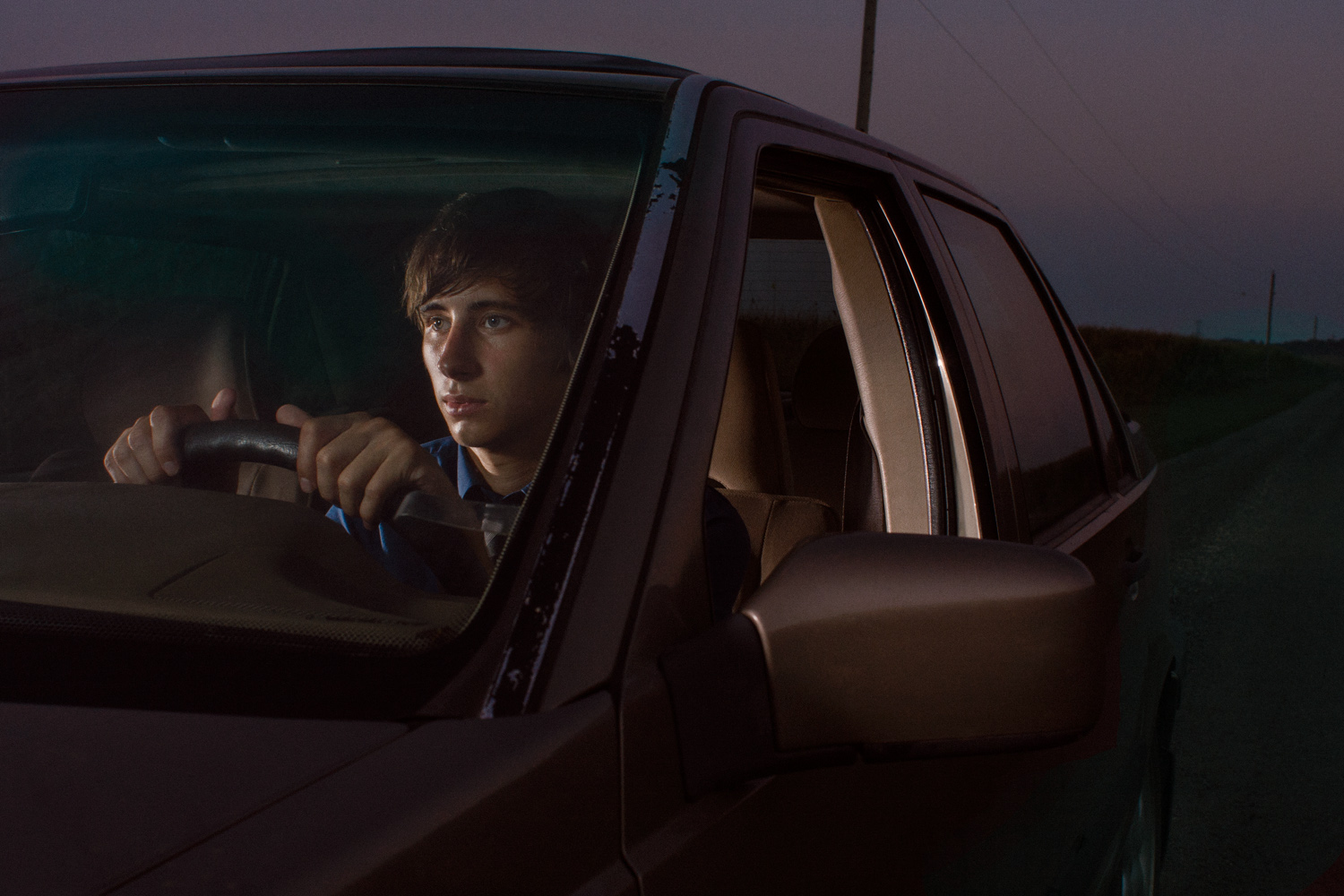
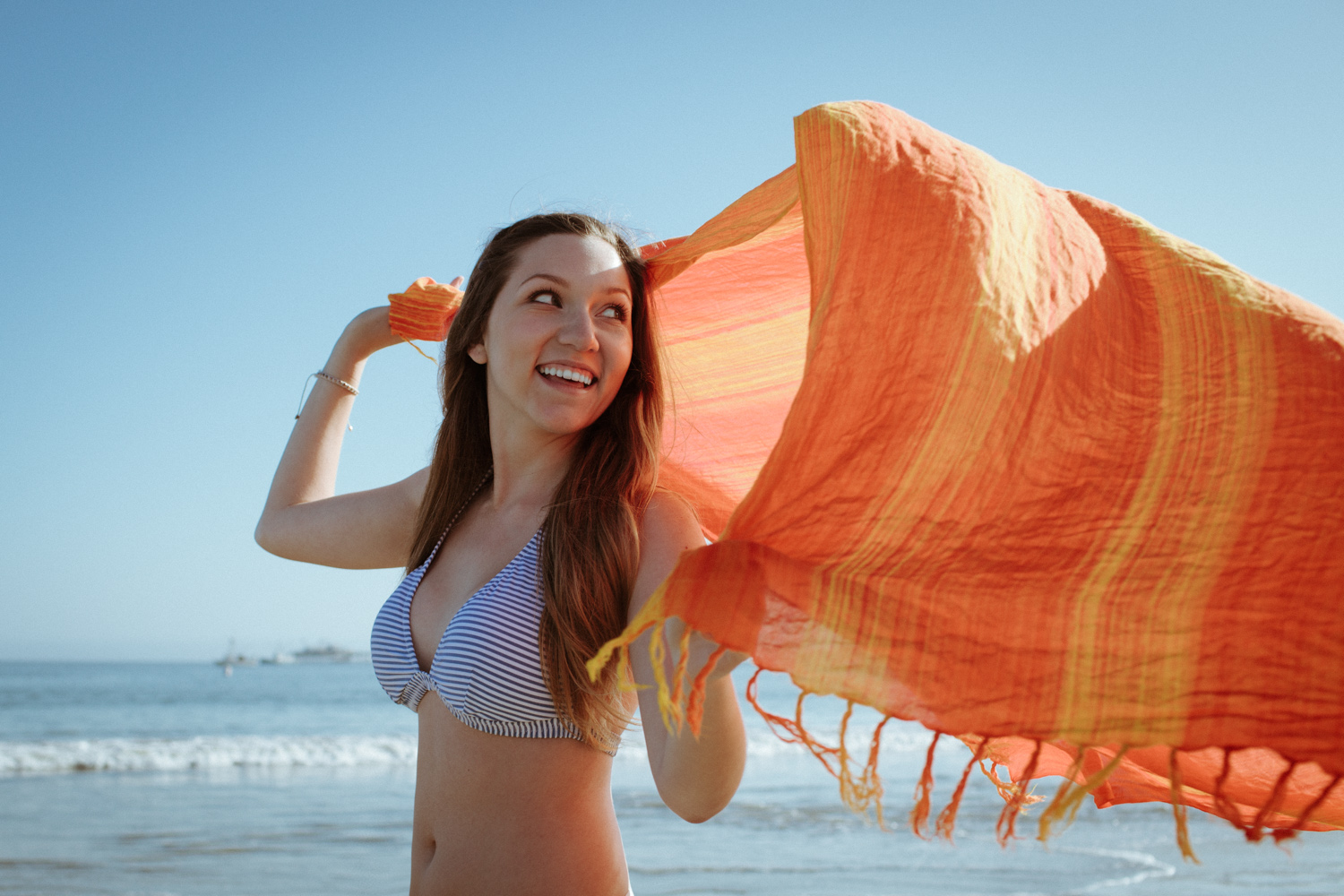
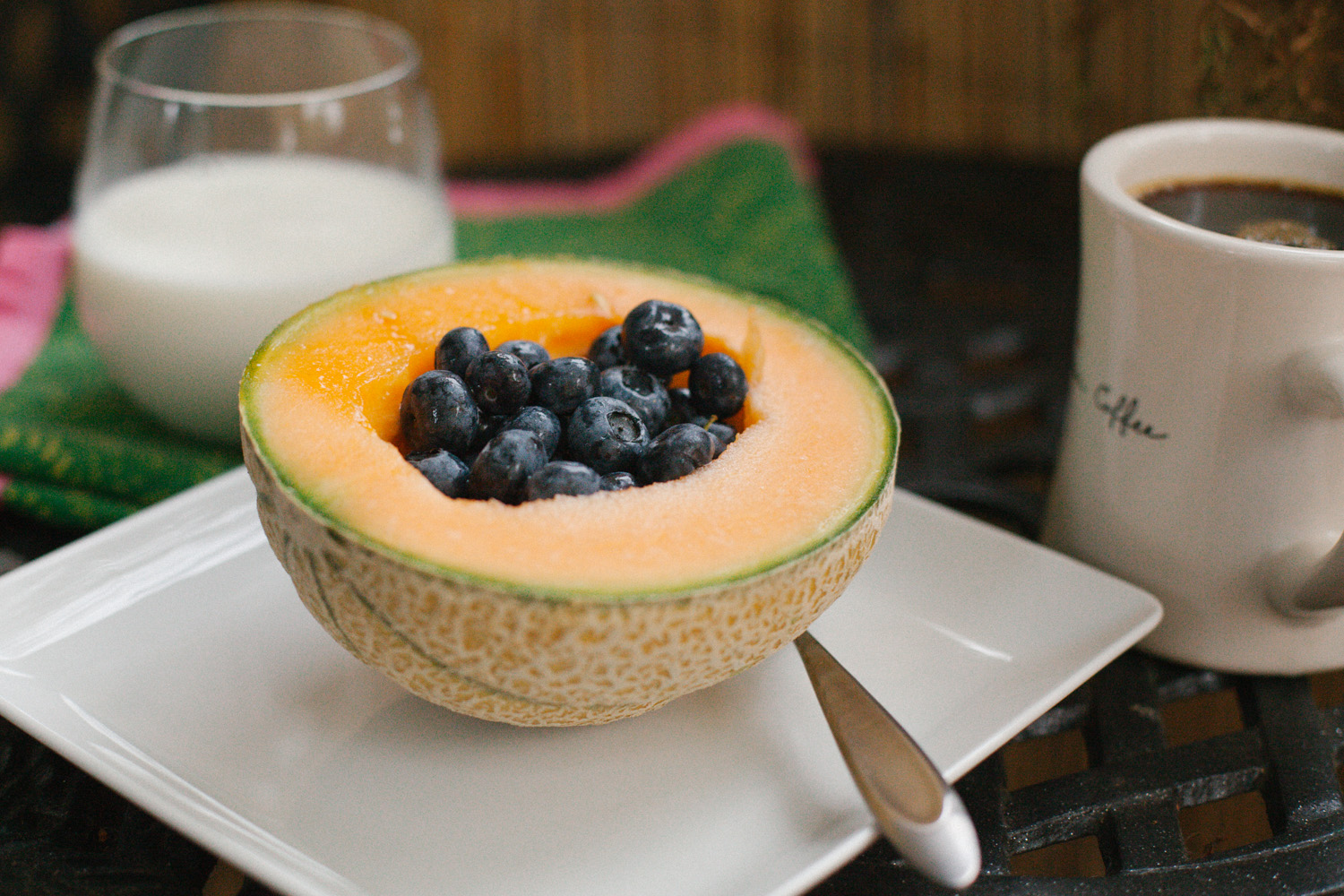
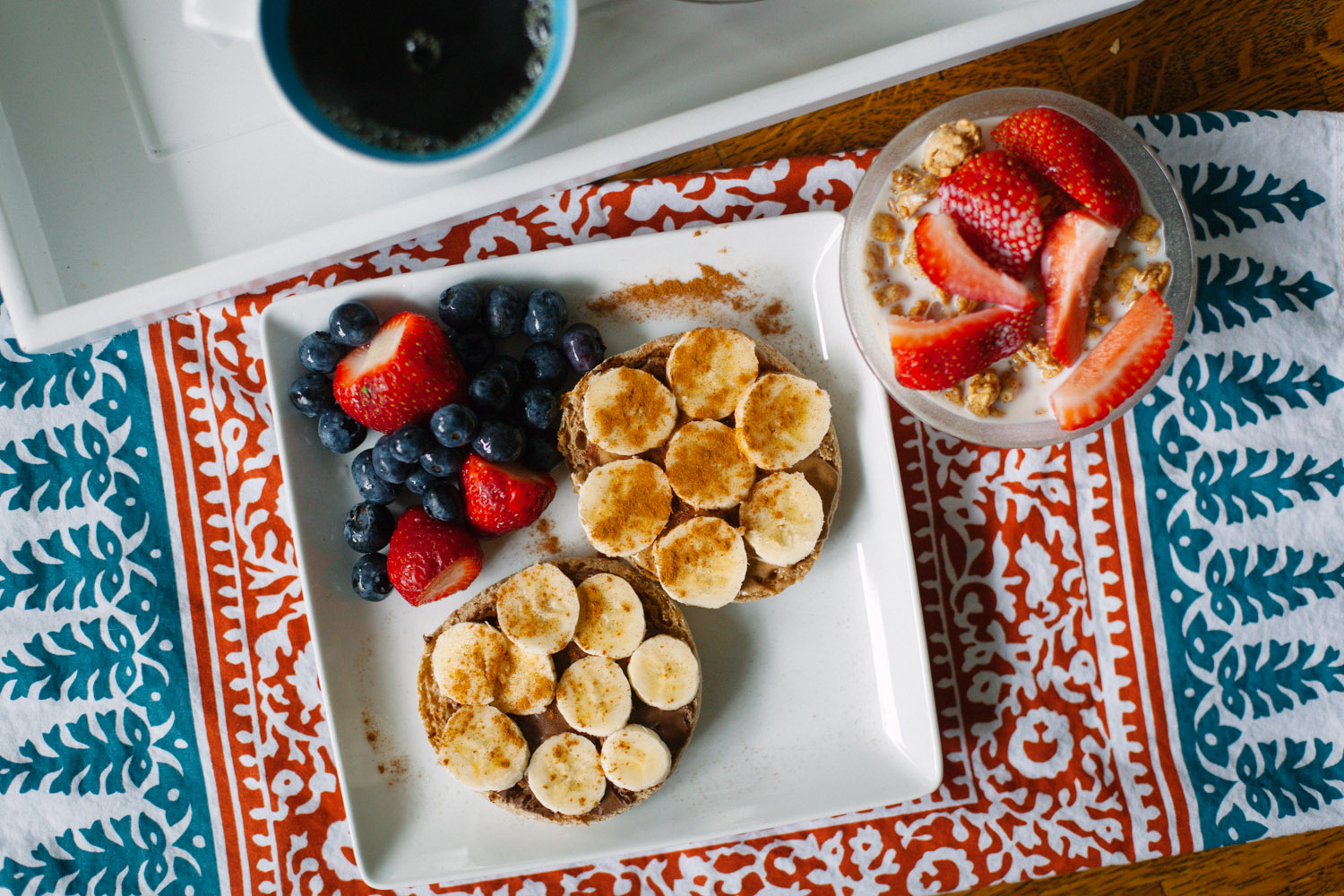
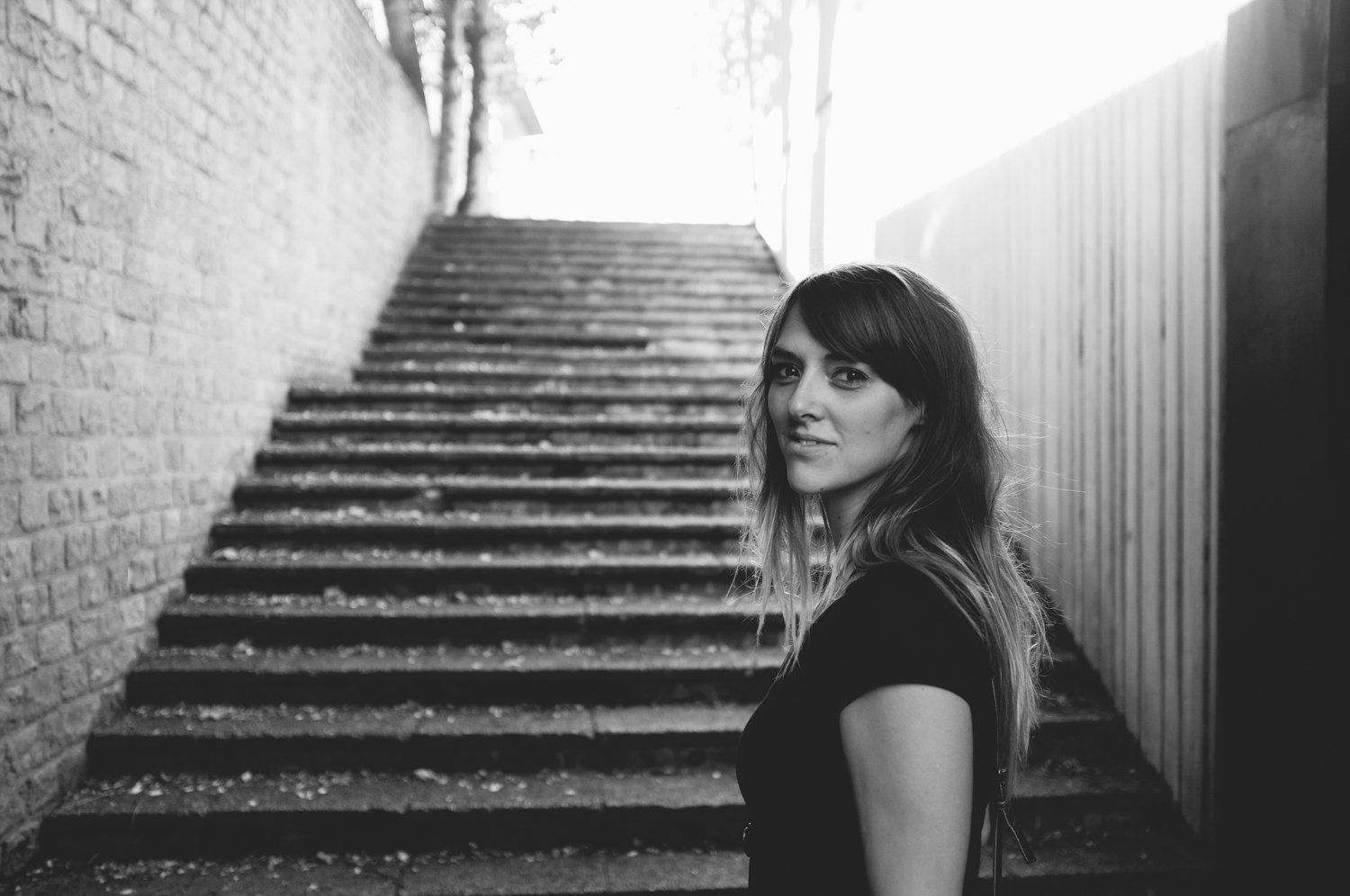
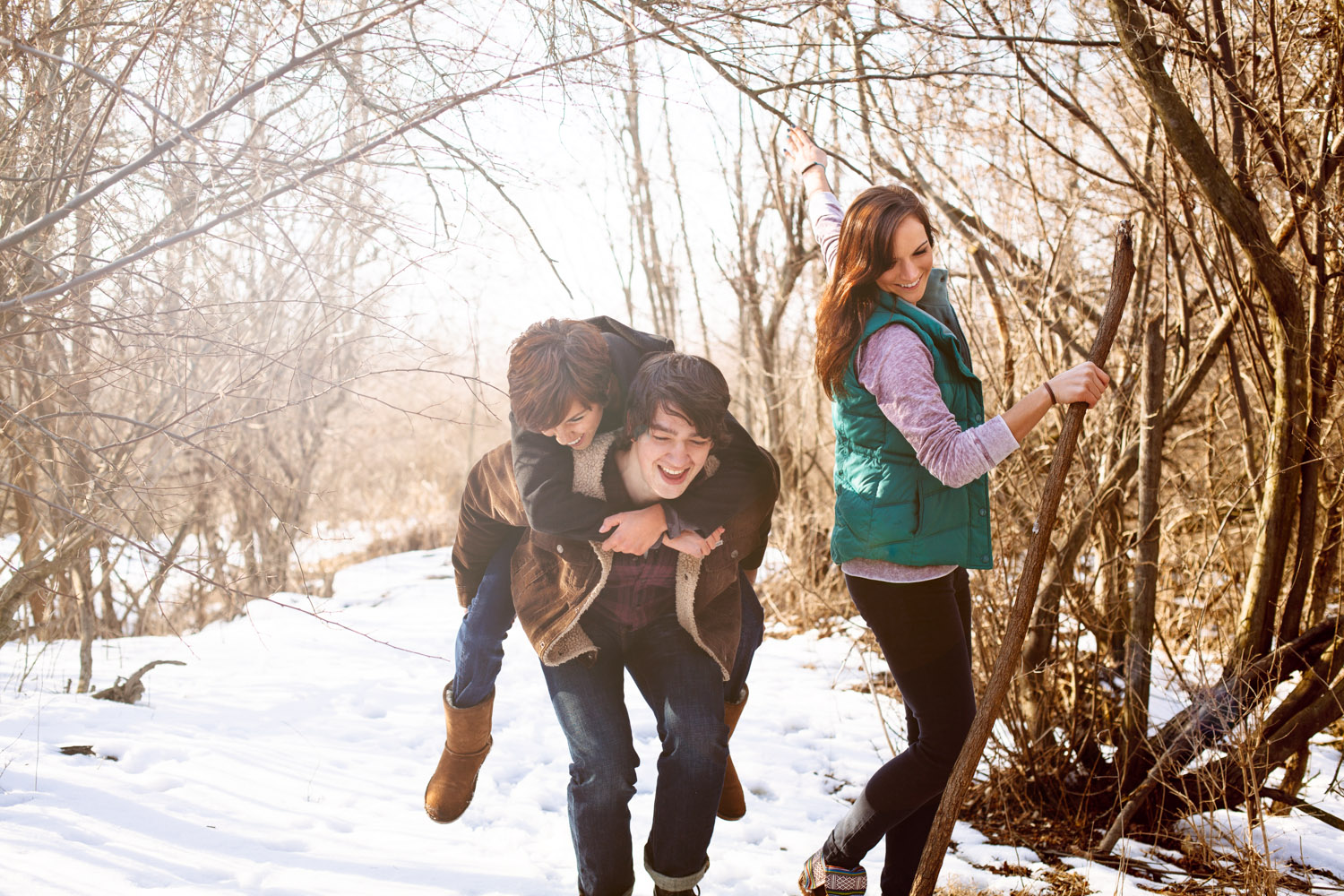






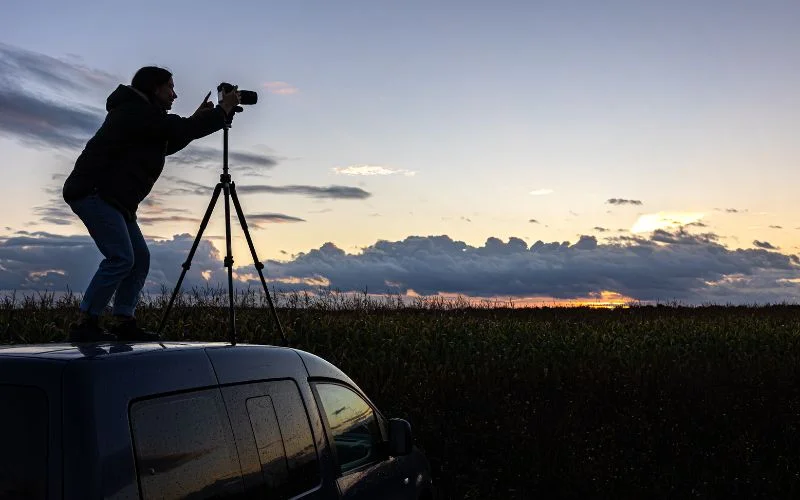



0 Comments on “Seth Lowe Interview: Why Seeking Consistency Will Improve Your Portraits”